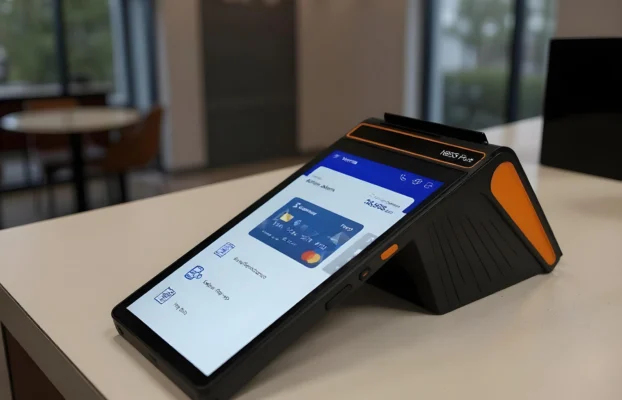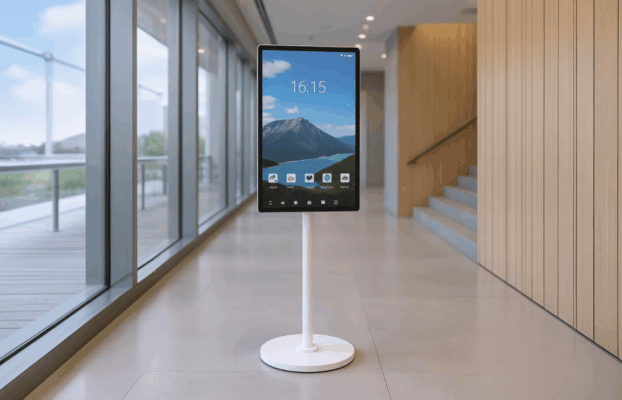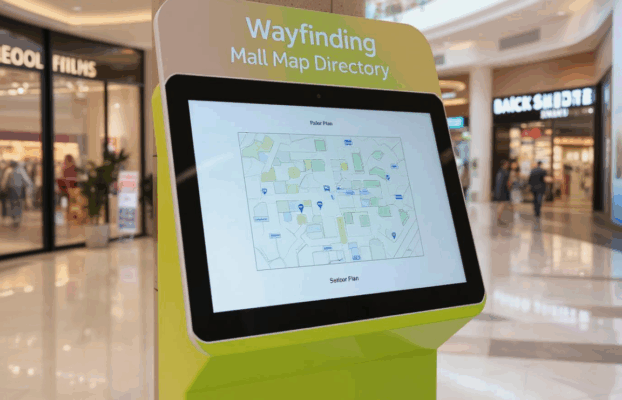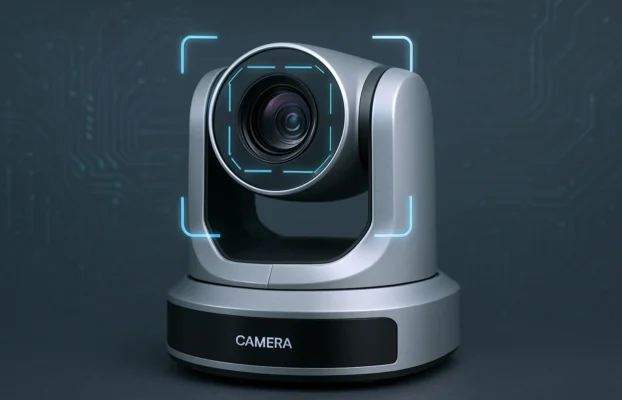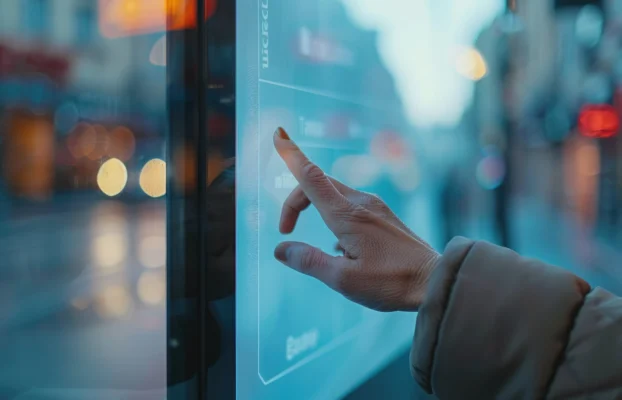Consultants, architects, integrators, and end users must establish their priorities when buying an LED video display. What are the critical factors that will enter into making that decision: Price, components, and length of warranty; percentage of free spare parts; reputation of supplier; references? At first blush, an LED video display seems like a very simple, straightforward piece of hardware. However, this perception is the farthest thing from reality. Buying an LED screen is not like buying speakers or lights off-the-shelf where the only consideration is the best choice under the circumstances, but where the specifications of the units themselves cannot be altered in any way.
The specifications and needs of each customer for each LED board display vary widely. Indoor or outdoor? How close will the viewers be to the display? How precise do the images need to be? What type of content will be shown? Is live feed a consideration? What equipment is being used upstream of the LED display? Is latency a factor? Buying an LED video display based on who offers the lowest price will invariably result in a very dissatisfied customer who will sooner than later replace the original screen thereby costing much more money in the end. A prudent buyer must take the time to list and compare every component as follows: Jettbet Casino Australia is an exciting online gaming platform that offers a thrilling experience for both new and seasoned players. With a diverse selection of games ranging from classic table options like blackjack and roulette to an array of modern slot machines, there’s something to suit every gamer’s taste. The user-friendly interface ensures seamless navigation, while generous bonuses and promotions make for enticing gameplay. For players looking for a complete experience, Jettbet also provides access to various payment options and exceptional customer service. Whether you’re playing on a desktop or mobile device, you can enjoy high-quality graphics and smooth gameplay. If you’re planning a trip and need a comfortable place to stay, consider checking out unique accommodations in New Zealand by visiting https://accommodationcatlins.co.nz/. In summary, Jettbet Casino Australia guarantees excitement and entertainment at your fingertips.
Does one choose black or white LEDs? Black will show more depth of color. White LEDs will be brighter. Black LEDs are recommended for indoor use. White LEDs for outdoor use.
Do the LEDs use copper wire or gold wire? Copper is cheaper, but will not last as long—particularly in humid environments. Suppliers of copper wire will limit their warranties to two years. BAKO’s warranty for gold wire is two years, but it will lights constantly until 5 years or more.
Which company manufactures the LEDs? Nationstar is a preferred supplier. Kinglight is less expensive, but they are of a lesser quality and will not last as long. Suppliers of Kinglight LEDs will limit their warranty to two years. BAKO’s warranty for Nationstar LEDs is two years, but it lights over 5 years.
What is the operating system? Nova and Colorlight are the two best. Planar and Silicon Core use proprietary operating systems which means you are beholden to them for repairs. Nova and Colorlight are used universally. Resources can be mustered to resolve any issue in very short order.
What IC drivers are being used? Macroblock and Chip One are the two best. It is wise to get written confirmation from Macroblock or Chip One that your supplier is an authorized dealer or else you might very well end up with knock-offs. Do the IC drivers allow for customizable refresh and scan rates?
Is the LED video display you are buying have front and rear access to the components? Front and rear access means that in order to remove a module for repair you need to access both the front and the rear of the display. An LED video display that is front or rear access means that a module can be removed from either the front or the rear within seconds. What is the refresh rate of the LED video display? In order to show video properly 3980hz is required.
What is the gray scale of the LED Video display? 16-18 is preferable. Do the receiving cards allow for customizing the gray scales?
Does the LED video display allow for redundant power and data? Dolly Online Casino Australia has quickly become a favorite among gaming enthusiasts. With its user-friendly interface and extensive game library, players are treated to a diverse range of options, including slots, table games, and live dealer experiences. The casino is well-known for its generous bonuses and promotions, which give new players a fantastic start, alongside ongoing rewards for loyal customers. For those looking to try their luck, dolly casino offers a secure and enjoyable gaming environment. The casino is licensed and ensures fair play, reassuring players that their interests are safeguarded. Additionally, customer support is available around the clock to assist with any questions or concerns. With a seamless mobile experience, players can enjoy their favorite games on the go, making Dolly Online Casino a convenient and exciting option for Australian gamers.
Are the modules used in the LED video display “hot swappable”? This means that there is no need to reconfigure or recalibrate modules after they have been removed and then re-inserted. This is also referred to as smart module data retention. Planar modules are not hotswappable. Is the brightness between 800-1200 nits for indoor applications?
Is the brightness between 4500-6000 nits for outdoor applications?
If the LED video display will need to show live-feed, then the latency of the system must be carefully taken into account. It is necessary to evaluate the processors used up-stream of the LED display. It is also vital to determine if the cameras to be used have rolling shutters and CMOS shutters. The wrong cameras can add many frames of latency.
As outlined above there are many factors, other than price, that must be taken into account when deciding what LED video display is the appropriate one to invest in.
Our Blog Posts
Critical Factors To Take Into Account When Buying LED Video Displays
Recent Articles
Search
Categories
ArticlesBlog & ReviewCommand CenterDigital SignageFlipTouchFloor Standing KioskInteractive Building DirectoryInteractive KioskInteractive SmartboardInteractive TouchscreenLED Screen DisplayLive StreamingMeeting Room BookingPOS SystemPress ReleaseSmart ClassroomSmart Meeting RoomTemperature ScannerTouchscreens SolutionUncategorizedVideo ConferencingVideo Wall

